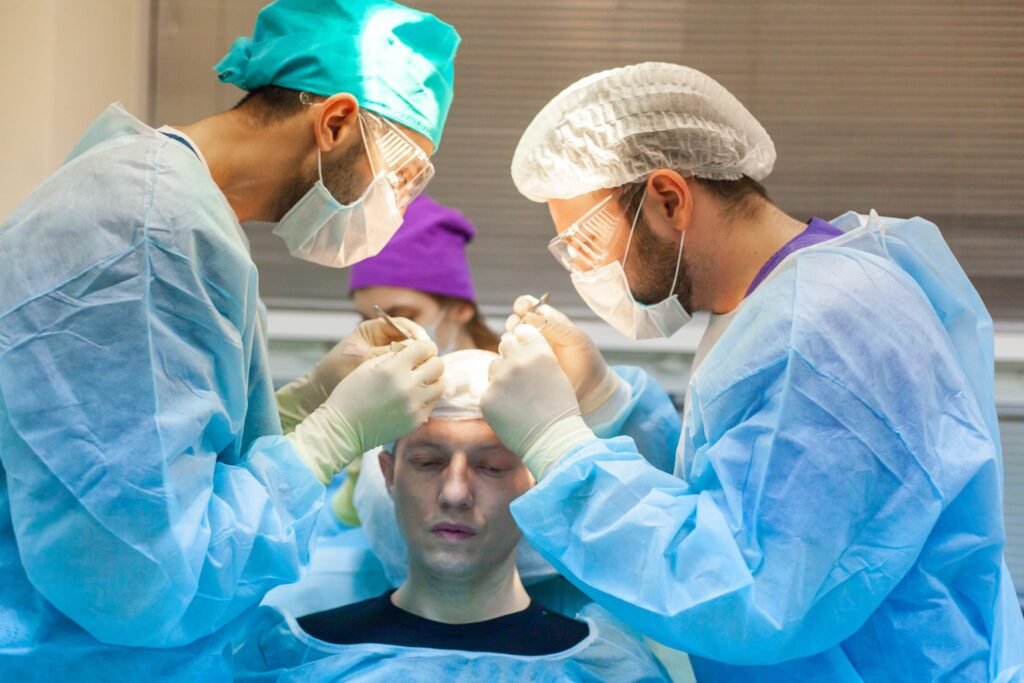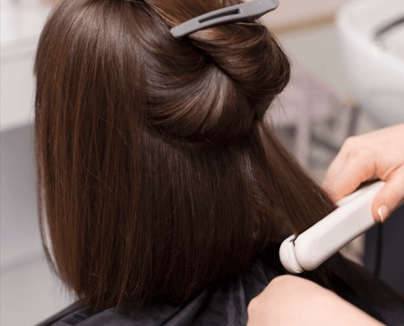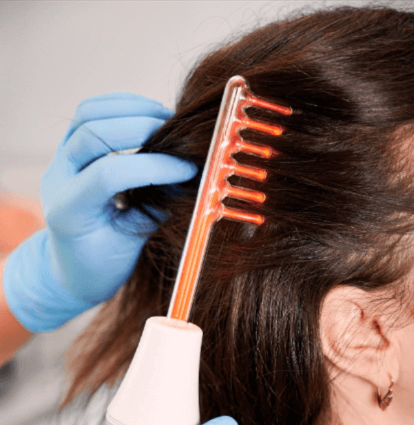South Korea is rapidly becoming a global hub for hair transplant procedures thanks to its advanced technology, expert surgeons, and exceptional patient care. For international patients, planning a hair transplant trip to Korea involves several key steps to ensure a smooth, safe, and successful experience.
If you’re considering traveling to Korea for a hair transplant, this comprehensive guide will help you understand how to prepare—from initial research to post-surgery follow-up.
1. Research and Choose the Right Clinic and Surgeon
Start Early
Begin your research at least 3 to 6 months before your planned travel date to give yourself enough time for consultations and scheduling.
Factors to Consider
- Surgeon Credentials: Look for board-certified dermatologists or plastic surgeons specializing in hair restoration.
- Clinic Reputation: Check reviews on RealSelf, TrustPilot, and hair transplant forums.
- Procedure Types Offered: Ensure the clinic offers the surgical method you want (FUE, FUT, or advanced techniques like robotic FUE).
- Before & After Photos: Review patient results to assess quality and style.
Virtual Consultations
Most Korean clinics offer free online consultations. You can send photos, discuss your hair loss, and get a treatment plan and cost estimate remotely.
2. Understand Your Hair Loss and Treatment Options
Diagnosis
Understanding your hair loss type and progression is crucial. Some clinics may request recent photos or require in-person scalp evaluation upon arrival.
Choose Your Procedure
- FUE (Follicular Unit Extraction): Less invasive, minimal scarring, faster recovery—preferred for international patients.
- FUT (Follicular Unit Transplantation): Allows larger graft numbers but involves linear scarring and longer healing.
- Combined or Advanced Techniques: Some clinics offer hybrid procedures or regenerative therapies.
Discuss your medical history, allergies, and any medications with your surgeon.
3. Budgeting and Payment Planning
Estimate Total Costs
Include surgery fees, medications, travel, accommodation, and additional expenses like translators or tourist activities.
Payment Methods
Confirm with your clinic which payment methods are accepted: international credit cards, bank transfers, PayPal, etc.
Insurance
Hair transplants are usually elective and not covered by insurance, so plan accordingly.
4. Visa and Travel Arrangements
Visa Requirements
Check if you need a visa to enter Korea for medical treatment. Many countries have visa waiver programs for short stays.
Flights and Timing
Book flights that allow enough recovery time in Korea (typically 7–10 days). Avoid peak holiday seasons for smoother scheduling.
5. Plan Your Stay: Accommodation and Transportation
Accommodation
Clinics often partner with nearby hotels offering discounts for patients. Choose a quiet place conducive to recovery.
Transportation
Arrange airport pickups through your clinic or use Korea’s efficient public transit or taxis. Many clinics provide shuttle services between your hotel and the clinic.
6. Prepare for Surgery Day
Health Precautions
- Avoid alcohol and smoking for at least 1 week prior.
- Follow any medication adjustments recommended by your doctor.
- Have a comfortable outfit and arrange someone to accompany you if possible.
Understand the Procedure
Surgery typically lasts 4–8 hours depending on graft numbers. You may receive local anesthesia and sedation.
7. Post-Surgery Care and Recovery
Immediate Care
- Follow strict scalp hygiene and medication guidelines.
- Avoid strenuous activities and direct sun exposure.
- Sleep with your head elevated to reduce swelling.
Follow-Up
Attend all scheduled follow-ups. Many clinics offer remote consultations if you leave Korea early.
8. Enjoy Your Recovery and Explore Korea Safely
While resting, you may have some downtime to explore nearby attractions, taste Korean cuisine, or relax in comfortable environments. Always prioritize your health and consult your surgeon before any activity.
9. After Returning Home: Long-Term Care
- Continue prescribed treatments and scalp care routines.
- Monitor hair growth and report any concerns to your clinic.
- Stay in touch with your surgeon for advice on maintenance or future procedures.
Final Tips
- Communicate openly with your medical team.
- Keep all travel and medical documents organized.
- Have realistic expectations—final hair growth results typically take 6–12 months.




